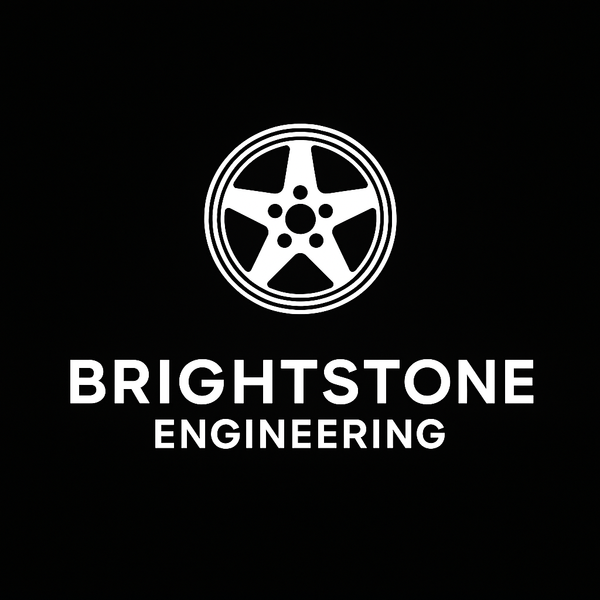Aston Martin Wheel Spacer FAQ
Are wheel spacers safe for Aston Martin models?
Yes. Our hubcentric spacers are designed to OEM tolerances, ensuring a perfect fit between the hub and wheel. When installed correctly, wheel spacer safety is equal to stock fitment.
How do I install Aston Martin wheel spacers?
Installation is straightforward: remove the wheel, clean the hub face, place the spacer, and refit using the supplied extended bolts. Always torque to manufacturer specifications and re-check after 50–100 miles. For best results, see our full wheel spacer installation guide.
Do wheel spacers need maintenance?
Minimal. We recommend checking torque settings during routine servicing and inspecting surfaces for corrosion. Our black anodised finish prevents rust, meaning wheel spacer maintenance is simple and low-effort.
Are wheel spacers legal in the UK?
Yes — provided they are high-quality, hubcentric, and fitted correctly. Our CNC-machined spacers meet or exceed OEM standards, ensuring legal wheel spacers for road use.
What are the best wheel spacers for Aston Martin?
The best wheel spacers combine strength, precision, and corrosion resistance. Brightstone spacers are CNC-machined in the UK from 6082-T6 or AL7075-T6 aluminium, materials trusted in aerospace and motorsport applications.
What’s the difference between 6082-T6 and AL7075-T6 wheel spacers?
Both are premium alloys, but AL7075-T6 wheel spacers offer higher tensile strength for extreme performance builds (track, AMR, or wide-body conversions). For most Aston Martins, 6082-T6 is more than sufficient.
Do you offer custom Aston Martin spacers?
Yes. If you need a non-standard thickness or fitment, we can manufacture custom wheel spacers to order on our Haas CNC machines.
Where can I find reviews of your Aston Martin wheel spacers?
Check out our customer feedback on product pages. We’re confident our spacers rival and outperform brands like Bonoss forged in terms of quality, safety, and finish.


